Design decisions for buildings and communities are critical to efforts to increase local and regional resiliency. Building designers — of residential, institutional, and commercial structures — should strive to incorporate passive and active survivability concepts into new and renovated structures.
Community planners and developers need to incorporate concepts that increase the capacity to maintain transportation flow, strategies to handle water management, and infrastructure approaches that will withstand a variety of risks.
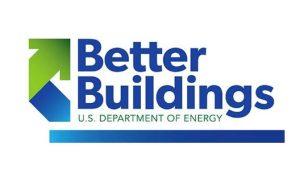
Better Buildings
The DOE’s Better Buildings Initiative finds new ways to connect partners and stakeholders with key resources and recognition opportunities.
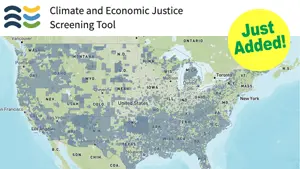
Climate and Economic Justice Screening Tool
The Climate and Economic Justice Screening Tool from the Council on Environmental Quality features an interactive map and uses datasets that are indicators of burdens in eight categories: climate change, energy, health, housing, legacy pollution, transportation, water and wastewater, and workforce development.
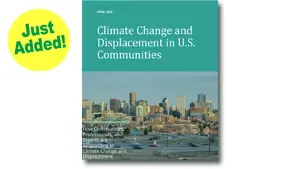
Climate Change and Displacement in U.S. Communities
EcoAdapt conducted a survey with the Strong, Prosperous, and Resilient Communities Challenge to determine if and how people working to address displacement pressures are considering the effects of climate change. This survey is part of a broader project in collaboration with the Urban Displacement Project to better understand the intersections between climate change and displacement pressures.
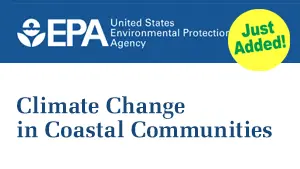
Climate Change in Coastal Communities
US EPA maintains a website that focuses on essential information for coastal communities planning for the effects of climate change.
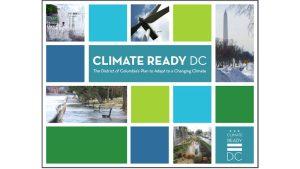
Climate Ready DC: The District of Columbia’s Plan to Adapt to a Changing Climate
Climate Ready DC is the District of Columbia’s strategy to make the District more resilient to future climate change while helping to ensure that our city continues to grow greener, healthier, and more livable.
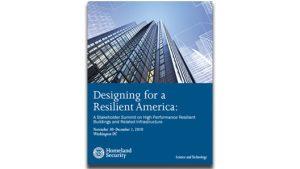
Designing for a Resilient America: A Stakeholder Summit on High Performance Resilient Buildings and Related Infrastructure
Given the gravity of manmade and natural hazard events of the last decade, designing buildings that not only offer resistance, but continue to function after a catastrophic event, are significant challenges to government and the building industry. The National Infrastructure Advisory Council (NIAC) has recommended better understanding of the role of design and construction in infrastructure resilience.
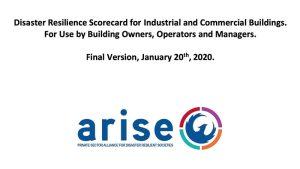
Disaster Resilience Scorecard for Industrial and Commercial Buildings
The Disaster Resilience Scorecard for Industrial and Commercial Buildings enables the establishment of a baseline for the resilience of buildings and campuses to natural hazards or man-made disasters, making it easier for improvements to be identified and prioritized, and tracked.
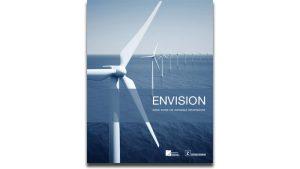
Envision Rating System for Sustainable Infrastructure
Published in 2015, the Envision system is composed of tools, covering all aspects of a product’s lifecycle, that are meant to introduce sustainability into infrastructure projects.

EPA: Flood Resilience Checklist
Is your community prepared for a possible flood? Use EPA’s Flood Resilience checklist to improve your community’s flood resilience.
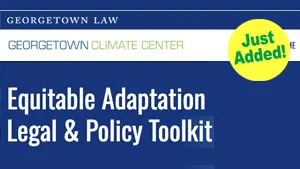
Equitable Adaptation Legal & Policy Toolkit
The Georgetown Climate Center maintains the Equitable Adaptation Legal & Policy Toolkit, which highlights best and emerging practice examples of how cities are addressing disproportionate socioeconomic risk to climate impacts and engaging overburdened communities.

Better Buildings
The DOE’s Better Buildings Initiative finds new ways to connect partners and stakeholders with key resources and recognition opportunities.

Climate and Economic Justice Screening Tool
The Climate and Economic Justice Screening Tool from the Council on Environmental Quality features an interactive map and uses datasets that are indicators of burdens in eight categories: climate change, energy, health, housing, legacy pollution, transportation, water and wastewater, and workforce development.

Climate Change and Displacement in U.S. Communities
EcoAdapt conducted a survey with the Strong, Prosperous, and Resilient Communities Challenge to determine if and how people working to address displacement pressures are considering the effects of climate change. This survey is part of a broader project in collaboration with the Urban Displacement Project to better understand the intersections between climate change and displacement pressures.

Climate Change in Coastal Communities
US EPA maintains a website that focuses on essential information for coastal communities planning for the effects of climate change.

Climate Ready DC: The District of Columbia’s Plan to Adapt to a Changing Climate
Climate Ready DC is the District of Columbia’s strategy to make the District more resilient to future climate change while helping to ensure that our city continues to grow greener, healthier, and more livable.

Designing for a Resilient America: A Stakeholder Summit on High Performance Resilient Buildings and Related Infrastructure
Given the gravity of manmade and natural hazard events of the last decade, designing buildings that not only offer resistance, but continue to function after a catastrophic event, are significant challenges to government and the building industry. The National Infrastructure Advisory Council (NIAC) has recommended better understanding of the role of design and construction in infrastructure resilience.

Disaster Resilience Scorecard for Industrial and Commercial Buildings
The Disaster Resilience Scorecard for Industrial and Commercial Buildings enables the establishment of a baseline for the resilience of buildings and campuses to natural hazards or man-made disasters, making it easier for improvements to be identified and prioritized, and tracked.

Envision Rating System for Sustainable Infrastructure
Published in 2015, the Envision system is composed of tools, covering all aspects of a product’s lifecycle, that are meant to introduce sustainability into infrastructure projects.

EPA: Flood Resilience Checklist
Is your community prepared for a possible flood? Use EPA’s Flood Resilience checklist to improve your community’s flood resilience.

Equitable Adaptation Legal & Policy Toolkit
The Georgetown Climate Center maintains the Equitable Adaptation Legal & Policy Toolkit, which highlights best and emerging practice examples of how cities are addressing disproportionate socioeconomic risk to climate impacts and engaging overburdened communities.
